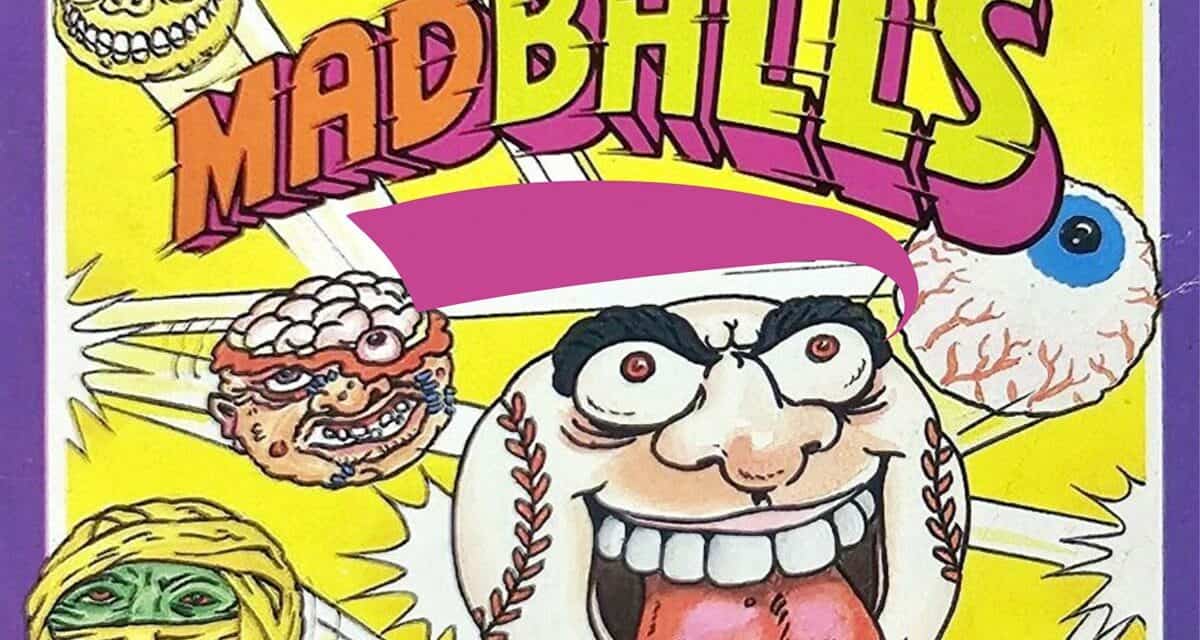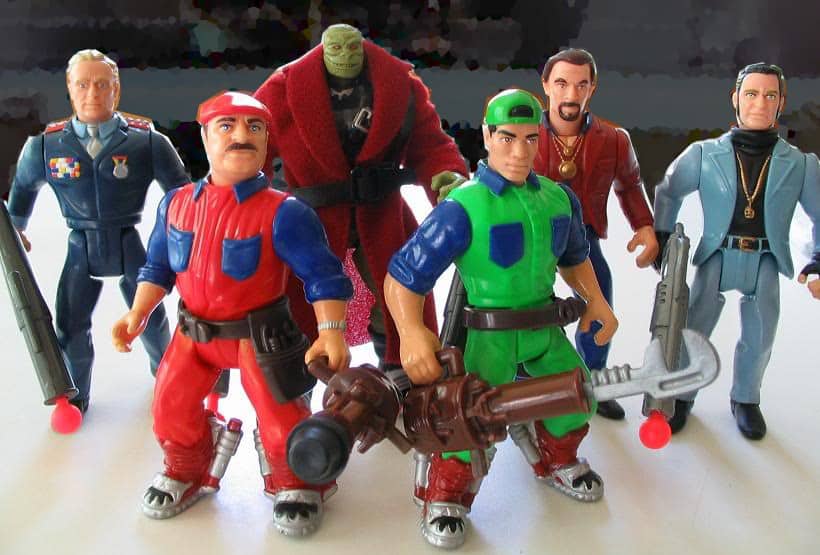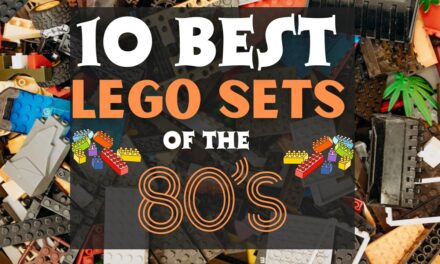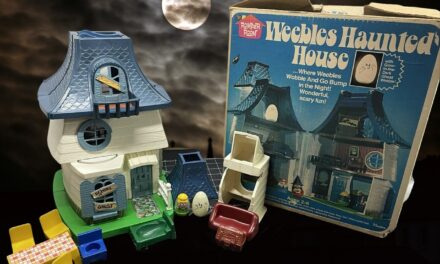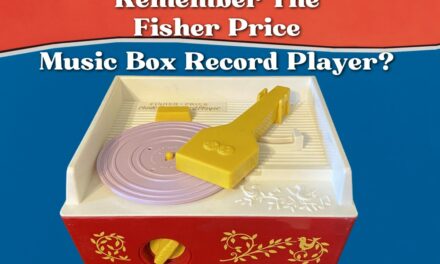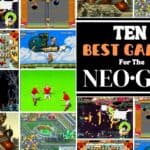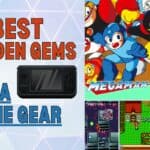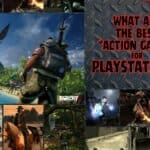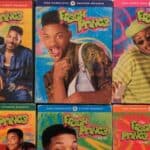Following the massive success of Garbage Pail Kids, a series of trading cards released in 1985 by Topps that parodied Cabbage Patch Dolls with such unsavory characters as Nasty Norm and Nerdy Nick, companies large and small looked to hop aboard the “gross is gold” train and get themselves a piece of the action. One such company was American Greetings.
Having already conquered the cute side of the market with characters like Care Bears and Strawberry Shortcake, the higher-ups within turned to Those Characters From Cleveland. A company subdivision made up of some seriously eccentric talent, this squad of artists was soon tasked with designing a new toy line – more specifically, one that parents would hate and kids would find impossible to ignore.
This is the story of Madballs.
Birth Of A Brazen Brand
It is no secret that kids, particularly boys, enjoy being grossed out. Beginning in the 1970s with Slime, a gooey green gel that resembled sticky strands of snot, it soon became clear that there was some money to be made within the more brazen side of the toy industry.
And so, Ralph Shaffer and the rest of the team making up Those Characters From Cleveland put a hold on stuffies and scented dolls in the hopes of creating a truly grotesque idea.
What they came up with was a line of squishy rubber balls garnished with ghastly faces and names like Dust Brain, Horn Head, and Oculus Orbus. More than a simple drawing on a piece of cardboard, these were instead to be truly putrid play things perfect for tormenting parents and sickening younger siblings.

Produced and distributed by AmToy beginning in February 1986, Madballs rolled into retail with a sticker price of $3.99 apiece – and kids just couldn’t get enough of them!
The boorish bouncy balls were a massive hit, flying off shelves and emptying store displays across the country. A second series would follow in 1987, expanding the Madballs family to include such nasty newcomers as Splitting Headache, Wolf Breath, and Fist Face to name but a few.
Yes, American Greetings had struck gold. But, it was not all fun and games for these odd little ovoids.
Marching On Madballs
While kids may have been going crazy for Madballs in the 1980s, the same could not be said for their parents. With their freakish features and disturbing appearance, many a mom and dad were soon up in arms over the popular toys.
Concerned parents groups rallied to have them removed from store shelves, while publications like The Morning Call hit newsstands with headlines that attempted to make sense of the toy’s popularity. At the same time, schools across North America prohibited Madballs from being brought into classrooms due to their distracting nature.
Perhaps the biggest cause of controversy was Crack Head. A Madball sporting a fractured skull, the character’s name was later changed to Bash Brain over fears that people might think the company was making fun of the ever-increasing drug epidemic that was sweeping communities at the time.
Despite these concerns, the toys continued to be a top seller.
By the end of 1986, some 10 million of the grotesque globes had bounced out the door and into homes across the country. Soon to be joined by Super Madballs and Head-Popping Madballs, AmToy’s sickly spheres would continue to sell well right up to 1988. However, the brand’s popularity was not simply limited to the toy aisle.
The Madball Media Empire
Following record sales in their first year, AmToy would set about expanding the Madballs brand into licensing.
There were soon educational supplies like binders and Trapper Keepers. Canadian animation company Nelvana created two Madballs cartoons that were released directly to VHS courtesy of Hi-Tops Video. There were Madballs comics, lunchboxes, t-shirts, and even picture soaps.
With video games also increasing in popularity at the time, Ocean Software would release a Madballs video game in 1988 for a variety of popular 8-bit computers like the Amstrad CPC, Commodore 64, and ZX Spectrum.
Yes, at least for a time, the world was truly mad for Madballs.
Then, in 1988, interest in Madballs would begin to wane. The brand fizzled out soon after and what was left on shelves began making its way to the discount bin. As with so many passing pop culture fads, the story of Madballs had come to an end. Or, so we were led to believe.
A Righteous Revival
In 2006, Art Asylum teamed up with American Greetings to bring the Madballs line back to life. Consisting of both classic and new characters, these awesome toys were produced and sold by Basic Fun Inc. and designed by artist James Groman, who had worked on the original line back in the 80s.

Ten years later, in 2016, vinyl figure company Kidrobot released nine of the original Madballs in their original foam style. In addition, they also released several Madballs keychains and vinyl figure blind boxes that included such classic characters as Screamin’ Meemie, Slobulus, and Lock Lips.
In more recent years, re-imagined Madballs figures like Clang Fang, Trashin’ Pumpkin, and Bruise Brother have been produced and released by toy company Premium DNA.
Yes, even after some 35 years, gross-out culture is still as strong as ever. Proving once again what rolls… er, goes around really does come back around.
